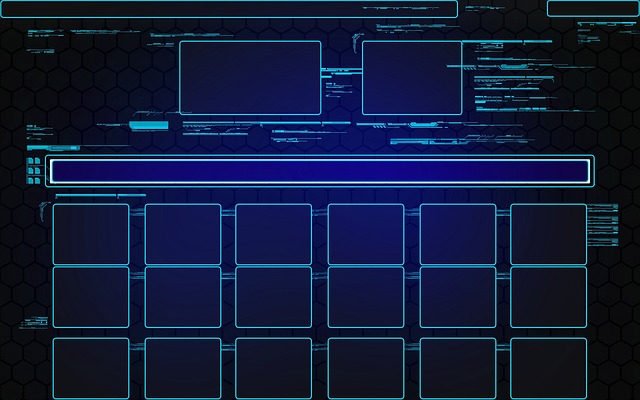
Mastering User Interface (UI) Design: A Coding Guide for IT Professionals
User Interface (UI) design is an essential aspect of creating applications that are not only functional but also enjoyable to use. In the realm of Information Technology (IT), mastering UI design becomes a crucial skill for professionals who want to deliver superior user experiences. Whether you’re developing a new mobile app, a web platform, or software solutions, the UI is often the first thing that users interact with, making it vital for their overall satisfaction.
When we talk about User Interface (UI), we refer to the point of interaction between the user and the computer system or application. A well-designed UI considers various elements such as layout, color schemes, typography, and overall aesthetics. These components collectively create an environment where users can navigate easily and complete tasks effectively. As IT professionals, mastering these design principles can set you apart in a competitive market.
To begin your journey into UI design, start by understanding your audience. Conduct user research to gather insights into what your target users expect from your application. What are their pain points? What functionalities do they prioritize? Gathering this information is crucial as it can guide your design decisions and ensure a user-centric approach.
Once you have a clear understanding of your audience, it’s time to dive into the technical aspects. Familiarize yourself with design tools like Adobe XD, Sketch, or Figma. These platforms allow you to craft wireframes and prototypes efficiently, giving you the power to visualize your concepts. Utilizing these tools enhances collaboration with developers to ensure that design specifications are accurately translated into code.
Another key component of mastering UI design in the IT field is adhering to design standards and best practices. One of the most widely recognized frameworks is the Material Design by Google, which provides guidelines for creating intuitive interfaces. Understanding principles such as hierarchy, spacing, and alignment can significantly enhance the usability of your designs. Additionally, explore the principles of responsive design to ensure your UI adapts seamlessly across different devices and screen sizes.
Moreover, keeping abreast of UI design trends is vital. The tech landscape evolves rapidly, and what is trendy today might become outdated tomorrow. Follow design blogs, participate in online forums, and attend webinars to stay updated with the latest trends in User Interface (UI) design. This knowledge not only keeps your skills sharp but also inspires innovative ideas that can be incorporated into your projects.
As IT professionals, it’s important to integrate user feedback into your design process continuously. Conducting usability testing and gathering user feedback can reveal areas that require improvement. Implementing these suggestions not only refines your design but also fosters a sense of trust and loyalty among users, ensuring they feel valued and heard.
Finally, embrace the idea that UI design is not a one-time task but an ongoing process. Regularly revisit and refine your designs based on analytical data and user feedback. This iterative approach ensures that your application remains relevant and user-friendly amidst changing user expectations and technological advancements.
Ultimately, mastering UI design equips IT professionals with the skills needed to create applications that are not only functional but also deliver an exceptional user experience. By focusing on your audience, leveraging the right tools, adhering to best practices, and continuously improving based on feedback, you can elevate the standard of your user interfaces and stand out in the ever-evolving tech landscape.



